As a former physician practicing in a busy maternity ward in a hospital in Africa, Gloria Ekpo has seen the devastation of HIV and AIDS up close.
But she’s also seen progress. Learn how World Vision is working to leave no young woman behind and empower them toward an AIDS-free generation!
* * *
As we lead up to World AIDS Day on December 1, we are provided with an opportunity to reflect on how far we have come since the discovery of the human immunodeficiency virus (HIV) more than 30 years ago and consider what more needs to be done to control the epidemic.
We’ve moved from a time when there were no test kits, no drugs, and no hope for survival to different modalities for testing and treating, including those for children.
We have progressed from single to multiple drug combinations for the treatment of HIV, including several classes of highly active antiretroviral drugs. An HIV diagnosis no longer leads to hopelessness because people living with HIV can access treatment.
Since the beginning of the epidemic, countless people — young and old, males and females, rich and poor — have been infected, or affected directly or indirectly, by HIV. The epidemic has eroded progress made in national development, security, health, and economic investments.
But today, we are not just looking at the number of new infections and the people who have died from the disease. We are also looking at the millions who are currently receiving (or awaiting) treatment, with the prospect of an AIDS-free generation in the near future.
Several years ago, as a physician practicing in a busy maternity ward in a hospital in Africa — the continent most devastated by the HIV epidemic — I had pregnant women in my care who were HIV-positive and without hope of survival. They feared the risk of transmitting the virus to their babies. There were no medicines to treat HIV infection and chances for survival for both them and their babies were very slim. Husbands generally refused to be tested as they believed there was no benefit in knowing one’s HIV status if there was no treatment.
But much progress has been made to mitigate the impact of HIV on children, as well as women and men. Thanks to support from the international public health community and the benevolence of the American people through USAID’s President’s Emergency Plan For AIDS Relief (PEPFAR), the number of people on life-long, life-saving antiretroviral therapy has greatly increased.
However, every day more than 1,000 adolescent girls and young women are infected with HIV. Girls account for 75% of new infections among adolescents (age 10 to 19) in sub-Saharan Africa, and AIDS is now the leading cause of death among this age group in Africa.
According to UNAIDS, young women age 15 to 24 worldwide are the “left behind” population when it comes to HIV prevention, care, and treatment. They are at high risk of HIV infection and account for 20% of new HIV infections among adults globally in 2015. Lack of knowledge on how to protect themselves from HIV, gender inequalities including gender-based violence, and stigma are barriers that impact access to available HIV prevention, care, and treatment services for adolescents and young women.
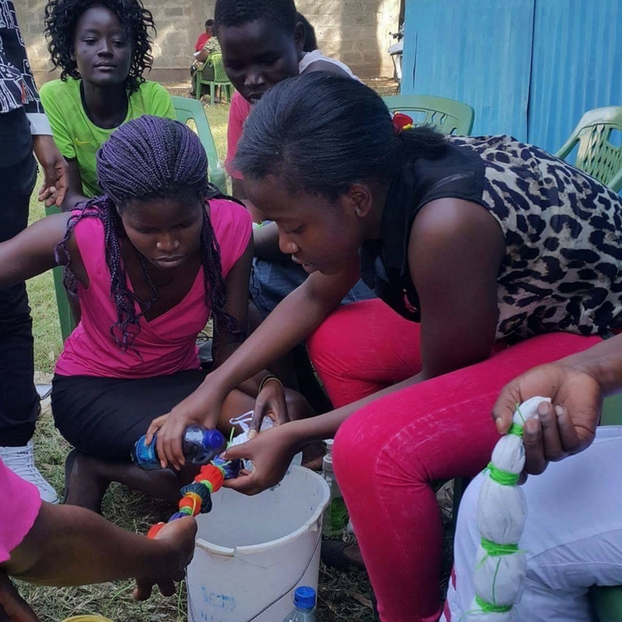
Young people living with HIV have dreams. In one of my visits to an African country impacted by HIV, I met a group of young people at a pediatric HIV support group, organized by the health facility to support children and youth infected with HIV. They played, ate, danced, and shared ways to be adherent to their treatment plans.
I asked them about their hopes for the future. To my amazement, none of them talked about dying in the next few years. They all had dreams. Some of them wanted to become teachers, others nurses and taxi drivers. Another one wanted to grow up, get married, and have two children. Adherence to HIV treatment along with youth-friendly spaces and coping strategies encouraged these young people to be healthy and to pursue their dreams irrespective of their HIV status.
As World Vision strives to ensure that no adolescent girls and young women are left behind in the fight against HIV and AIDS, we have prioritized and aligned our programs with PEPFAR’s DREAMS Partnership to empower young women to be determined, resilient, empowered, AIDS free, mentored, and safe.
World Vision is committed to age-appropriate, adolescent- and youth-friendly services. We focus on peer-led services, comprehensive HIV prevention, psychosocial support, HIV testing and counseling, links to clinical care and treatment, life skills and economic empowerment opportunities, therapy for management of depression, developing parent/guardian skills to support young people, building community support, and helping faith and traditional leaders to eliminate gender-based violence and stigma that hinders access to care for adolescents and young women.
Our goal is that no young woman is left behind in the efforts to end the HIV epidemic by 2030.
The AIDS pandemic has devastated families around the globe, leaving children without the care and support they need to grow, survive, and thrive. In fact, it is estimated that 15 million children have been orphaned due to HIV and AIDS.
Your gift today will multiply three times in impact to help care for children and families whose lives have been forever impacted by HIV and AIDS.
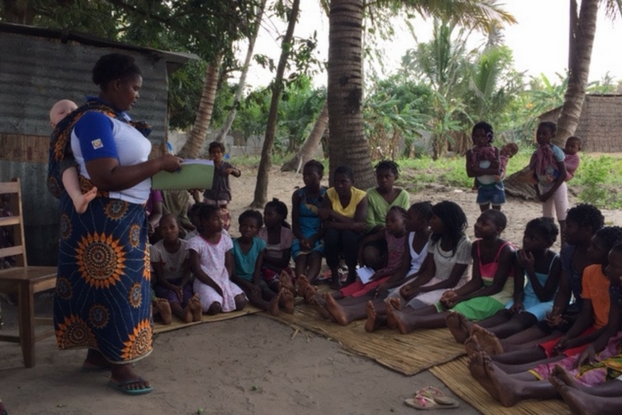
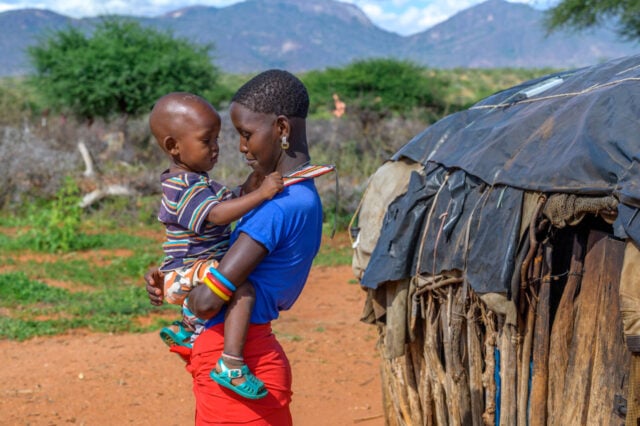
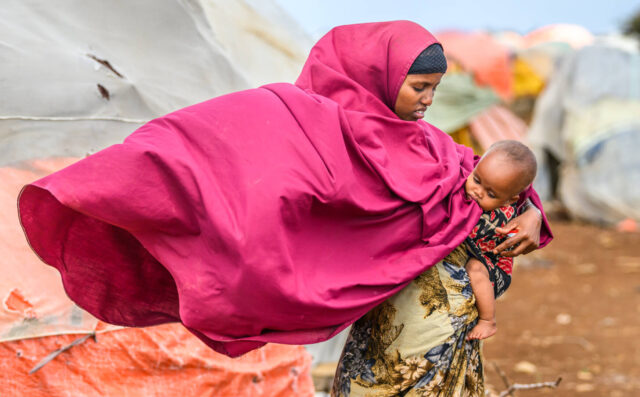
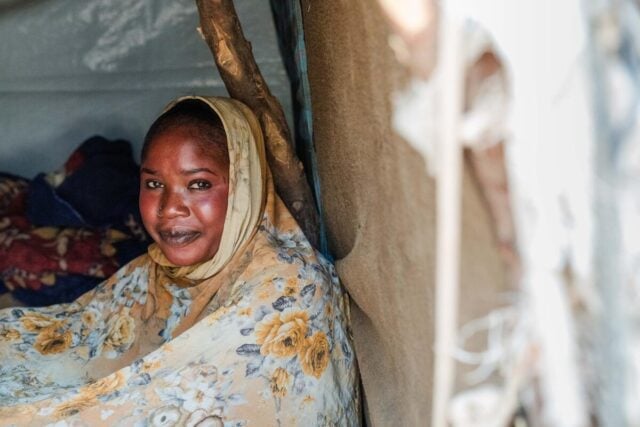

Comments